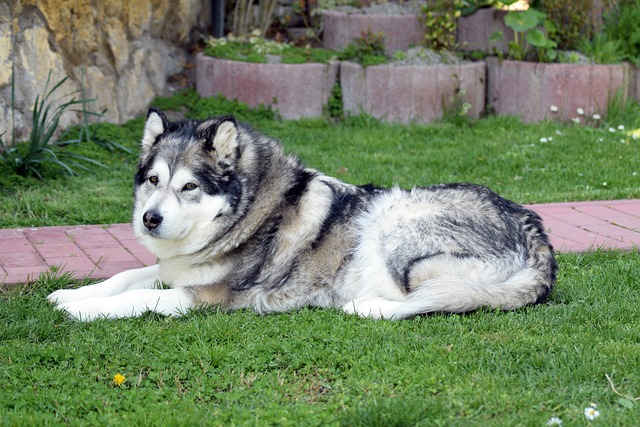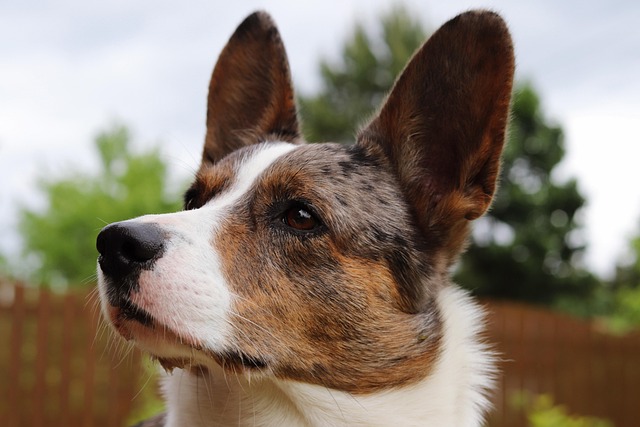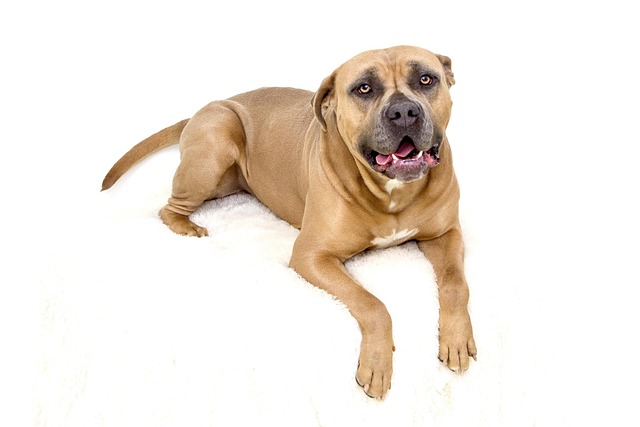
Why does my dog bark at everyone on a walk?
You’re looking forward to a peaceful stroll with your dog, but instead, every passerby sets off a frenzy of barking. It’s embarrassing, stressful, and might even make you dread walks.
For every owner who joyfully welcomes a new dog into their home, they eagerly hope to establish an intimate relationship with the dog as soon as possible and let the dog comfortably integrate into the new living space. However, a dog's adaptation to a new environment does not happen overnight, and the time required is influenced by a combination of various factors.
The dog's age plays a crucial role in the adaptation process. Puppies are like blank sheets of paper, highly malleable. They can usually adapt to a new environment more quickly, and initial results can generally be seen within 3 to 7 days. Puppies are full of curiosity and have a strong desire to explore the world, and everything in the new environment can arouse their interest. When entering a new home, puppies will actively sniff every corner, trying to understand this brand-new space. Even if they feel nervous in the face of unfamiliar things occasionally, because they have not yet formed deep-rooted habits and perceptions, they can quickly accept new changes. For example, a puppy that has just arrived home may seem a bit uneasy in the first few hours, hiding in a corner and observing quietly. But within a day or two, it will start to walk around the room on its own initiative and interact with the owner, and it can play comfortably in about a week as if it were in its own home.
In contrast, adult dogs need to spend more effort and time adapting to a new environment, perhaps taking 1 to 2 weeks or even longer. Adult dogs have already developed fixed behavior patterns and living habits, and when faced with significant environmental changes, their inner unease and resistance are stronger. They are deeply attached to the places they were once familiar with, and suddenly changing the environment can easily make them fall into anxiety. There was once an adopted adult stray dog that curled up in a corner and refused to move for a whole week when it first entered its new home, and it only tentatively approached the food offered by the owner. It was used to the way of survival during its stray days, and the warm bed and regular feeding in the new home made it at a loss. After nearly two weeks of careful care and patient guidance, it gradually let down its guard, began to explore the new home, and took the initiative to approach the owner to seek petting.
 The dog's personality also has a profound impact on the adaptation speed. Outgoing, lively, and cheerful dogs are like social butterflies and can quickly adjust their state when facing a new environment. Such dogs are happy to interact with people and eager to make new friends, and the new environment is an adventurous paradise full of opportunities for them. A lively Border Collie, after arriving at its new home, became friendly with all the family members in just a few days and actively invited the owner to play with it. It showed its enthusiasm without reservation, took the initiative to explore every room in the house, and quickly incorporated the new home into its understanding of its "territory".
The dog's personality also has a profound impact on the adaptation speed. Outgoing, lively, and cheerful dogs are like social butterflies and can quickly adjust their state when facing a new environment. Such dogs are happy to interact with people and eager to make new friends, and the new environment is an adventurous paradise full of opportunities for them. A lively Border Collie, after arriving at its new home, became friendly with all the family members in just a few days and actively invited the owner to play with it. It showed its enthusiasm without reservation, took the initiative to explore every room in the house, and quickly incorporated the new home into its understanding of its "territory".
However, for timid and introverted dogs, the path to adaptation is much more difficult. When they face unfamiliar things in the new environment, their first reaction is often to run away, and they need more time and space to adapt slowly. A timid Chihuahua would tremble with fear and hide under the furniture and refuse to come out at the slightest noise when it first arrived at its new home. The owner spent a lot of time soothing it softly and guiding it with delicious snacks. It took nearly two weeks for the Chihuahua to dare to stay briefly by the owner's side, and it gradually moved around the room freely after a month.
The degree of difference in the new environment is also an important consideration. If the new environment is highly similar to the environment the dog was in before, such as moving from a warmly decorated home to another home with a similar style, the adaptation time will be significantly shortened, possibly only taking a few days. Similar furniture arrangements, soft lighting, and familiar smells can all give the dog a sense of familiarity and security, allowing it to adapt more quickly. But if the environment changes drastically, for example, moving from the warm south to the cold north, or from a spacious courtyard to a small apartment, the dog's adaptation process will become much longer. Comprehensive changes such as temperature, space size, and surrounding sounds will make the dog feel confused and uneasy. Once an owner moved a dog from a rural courtyard to a high-rise apartment in the city. At first, the dog was extremely uncomfortable with the sound of the elevator and the noisy street sounds, and it was restless and had a decreased appetite for a whole two weeks. It took a month of adaptation for the dog to gradually get used to the rhythm of the new environment.
The owner's companionship and guidance are of great significance in the process of a dog's adaptation to a new environment. From the moment the dog steps into the new home, every move of the owner is crucial. A warm voice and a gentle stroke can both be a source of comfort in the dog's heart. In the early days after arriving home, the owner should give the dog enough time to rest, allowing it to slowly get familiar with the smell and atmosphere of the new environment in a quiet corner. At the same time, regular feeding and a fixed daily routine can help the dog quickly establish a sense of order in its life. Whenever the dog bravely explores the new environment, give rewards and praise in a timely manner to reinforce its positive behavior. For example, when the dog takes the initiative to come out of the corner for the first time, the owner immediately offers a delicious snack and gently pets it. Over time, the dog will have more courage to adapt to the new environment.
There is no standard answer to how long it takes for a dog to adapt to a new environment, which is influenced by various factors such as age, personality, and environmental differences. As owners, we should have enough patience and love to accompany the dog through this critical period. Every dog is a unique individual. Although the adaptation process may vary in length, as long as we take good care of them with our hearts, we will eventually welcome the wonderful moment when the dog lives happily in its new home and open a happy chapter of companionship between humans and pets.

You’re looking forward to a peaceful stroll with your dog, but instead, every passerby sets off a frenzy of barking. It’s embarrassing, stressful, and might even make you dread walks.

That tiny set of needle-sharp teeth sinking into your hand during playtime is a universal rite of passage for new puppy parents.

Finding crusty patches on your dog’s skin or noticing them scratching non-stop? Seborrheic dermatitis, that pesky skin condition causing flaking and inflammation, can turn playtime into misery for your furry friend.

Watching your dog shake off flakes like it's snowing indoors?Seborrhea,that pesky skin condition causing greasy fur and dandruff,can be a real headache.As a dog owner,you've probably wondered:could something as simple as brushing make a difference?

Picture this: It’s 3 a.m. in your Brooklyn apartment, and your Labradoodle’s frantic scratching echoes through the walls—thump-scrape-thump.

You’re at a dog park, excited for your pup to socialize, but instead of romping around, they start scratching non-stop. It’s a confusing sight—can a dog really be allergic to another dog’s fur?